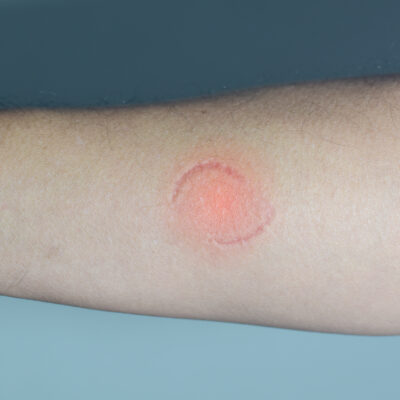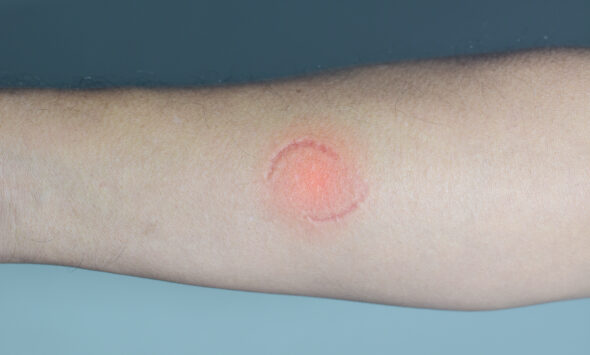Installed in commercial aircraft since 1960, the black box made its debut on July 6, 2022, in newly manufactured vehicles across the European Union. While some perceive it as a veritable “spy device,” this system is above all a valuable source of information in cases of accidents, as well as in criminal or delinquent acts.
Driver drowsiness alerts, reverse detection systems, intelligent speed adaptation… In just a few years, cars have become technological jewels generally welcomed by drivers. The introduction of this so-called black box, however—reminiscent of the flight recorders in aircraft cockpits—has generated far less enthusiasm, with critics judging the device overly intrusive.
Recording limited to a few data points.
Such concerns are unfounded, as this equipment is not intended to monitor the every move of drivers and passengers during a trip. Unlike the recorders installed in aircraft, it does not capture any sound or conversation. Nor can the data be used to identify the individuals on board or to assess driving behavior—for example, by tracking the frequency of acceleration or braking.
Its purpose? Quite simply, to analyze what happened in the event of an accident. To that end, the device records purely objective data such as speed, collision force, accelerator or brake pressure, the activation of safety systems (ABS), and seat belt usage. The electronic chip responsible for recording these data stores only the 30 seconds prior to the accident and the 15 seconds following it.
Access strictly reserved for authorities
There is no question of sharing these data with insurance companies, as some users fear. Only judicial authorities or research institutes will be authorized to access them in order to clarify the circumstances of accidents that often have tragic consequences, as illustrated by a case that occurred on the Paris ring road.
On February 21, 2013, following a 150 km/h police chase, Malamine Traoré, then 22 years old, crashed his Range Rover SUV into a marked BAC police vehicle, instantly killing two police officers and seriously injuring a third.
Beyond his numerous prior convictions for traffic offenses, his lack of a driver’s license, and a blood alcohol level of 1.4 g/L, the analysis of the black box installed in the vehicle demonstrated that the driver never lifted his foot from the accelerator nor attempted any evasive maneuver, even though he consistently denied deliberately crashing into the police car. He was tried for “intentional violence against public officials resulting in death without intent to kill” and was sentenced on appeal to 15 years of criminal imprisonment.There is little doubt that in the future, these automotive data recorders, along with other material evidence related to vehicles, will contribute to solving numerous criminal and delinquent cases.
Tous droits réservés - © 2025 Forenseek
Forensic police
AI in Forensics: Between Technological Revolution and Human Challenges
- 16 March 2025

Forensic police
AI in Forensics: Between Technological Revolution and Human Challenges
- 16 March 2025

Forensic medecine
Uncovering the meaning of suspicious injuries in cases of child abuse
- 21 July 2025
















